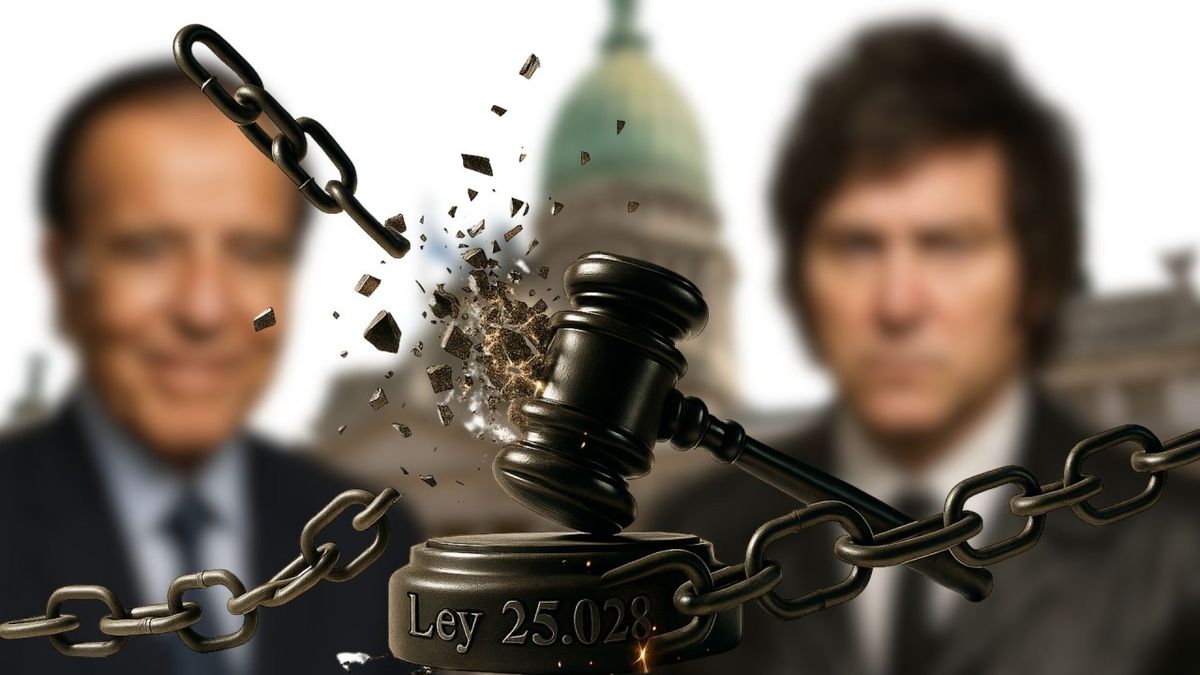The debt swap, for some $7 trillion, will have the intention of “ordering the curve” of maturities. What does it mean and what was offered to the private ones?
He Ministry of Economy announced the launch of a new debt swap after the meeting held by the country’s main bankers with the head of the portfolio, Sergio Massa. The operation includes the maturities of March, April, May and June, which will be postponed to 2024 and 2025 as is. advanced Scope.
The content you want to access is exclusive to subscribers.
The debt swap, for some $7 trillion, will have the intention of “ordering the curve” of maturities, sources from the Palacio de Hacienda indicated. In this way, the short-term horizon will be much more relaxed before the PASO elections in August, which is considered a key period for the market.


What is the impact on daily life?
In principle, it is important to explain that There are two types of debt in pesos. The first is the one issued by the Treasury to finance the governments’ fiscal deficit and is made up of short- and medium-term bonds and bills. The second group belongs to the one taken by the Central Bank through leliqs and passes (remunerated liabilities), the origin of this money is the deposits of Argentines in banks, mainly fixed terms.
So that this surplus of pesos does not put pressure on the prices of the economy -that is, inflation-, the BCRA reabsorbs them and pays for them an interest rate higher than 100%. In Argentina, the debt in pesos, like the debt in dollars, always puts pressure on expectations. The history of Argentina with its debts is not exactly positive. That is why any doubt regarding the ability to pay always generates uncertainty. This year, in addition, another factor was added: the general elections.
In this case, the Government convinced the market – banks, insurers and mutual investment funds (private ones) – to postpone maturities until 2024 and 2025 through CER-adjusted bonds – avoid losing profitability if there is an inflationary spike – and adjusted per dollar – avoid losing if there is a devaluation.
What did economy look for with this measure? In principle, prevent the level of uncertainty due to the possibility of payment from ending up generating a change in expectations and impact with a strong shot of the dollar. In addition to the fact that investors normally change their portfolios and prioritize hard currency to protect themselves from any volatility in the face of the electoral landscape. At the same time, it prevents the Economy from having to allocate dollars – scarce – to assist the market eager to buy dollars and end up impacting inflation that runs at 100% per year.
On the other hand, the idea of strengthening the debt market in pesos through negotiations with private parties is one of the financing channels that states have so as not to resort to issuing money.
Today the main doubt is not in the ability to pay as it is a “manageable” debt in pesos, but in the possibility of renewing it and how doubts affect expectations.
Source: Ambito




